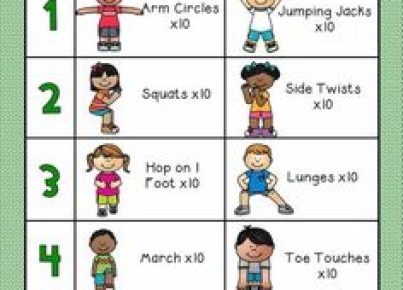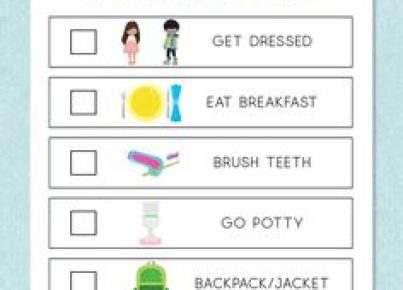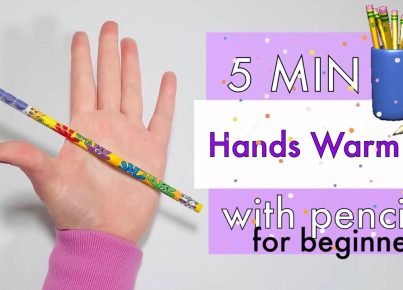Introduction
Rhythm is an essential aspect of music education, contributing to the development of listening skills, coordination, and creativity in primary school students. By incorporating engaging and resourceful rhythm activities into their curriculum, educators can lay a solid foundation for their students’ musical growth. In this article, we present 19 fun and practical rhythm activities for primary school.
1. Rhythm Clapping Games: Introduce students to basic rhythm patterns through clapping games. Begin with simple patterns and gradually increase the complexity.
2. Body Percussion: Encourage students to create rhythms using their bodies as instruments. This could include stomping, patting, and snapping.
3. Call and Response: Teach students a rhythmic pattern and have them repeat it back as a group. This activity can be done with clapping or using percussion instruments.
4. Rhythm Relay Race: Divide the class into teams and have them race to recreate a rhythm pattern using percussion instruments.
5. Bucket Drumming: Bring in buckets or plastic containers for an inexpensive drumming activity. Students can learn different techniques and patterns while playing on the buckets.
6. Rhythm Charades: Create cards with different rhythmic notations that students must perform while the rest of the class guesses what they are.
7. Marching Band: Have students march around the room while keeping time to a steady beat played on a drum or other percussion instrument.
8. Musical Chairs with Rhythms: Combine musical chairs with rhythm practice by having students clap or play rhythms as they move around the chairs.
9. Rhythm Composition: Provide small groups of students with a selection of rhythm cards to arrange into their own compositions.
10. Rhythm Bingo: Create bingo cards with various rhythmic patterns; play rhythms aloud for students to identify the matching pattern on their card.
11. Create-Your-Own Percussion Instruments: Encourage students to create their own percussion instruments using household items and found materials.
12. Conducting Rhythms: Teach students basic conducting gestures and have them practice conducting the class as they perform rhythmic patterns.
13. Rhythm Chain: Create a rhythm pattern by having each student contribute one beat, then play it back for the class to clap or play along.
14. Percussion Ensemble: Arrange an ensemble performance with different percussion instruments, dividing the class into sections and assigning specific rhythms.
15. Rhythm Syllables: Use rhythm syllables (e.g., ta, ti-ti) to vocalize rhythms while clapping or playing them on instruments.
16. Beat Detective: In this listening game, students must figure out which instrument is altering a steady beat within a song or track.
17. Rhythm Dice: Create dice with various rhythmic values; students roll and piece together the rhythms to form a complete measure.
18. Drum Circle: Organize a drum circle that allows students to explore improvisation and develop listening skills in a collaborative setting.
19. Rhythm Apps: Utilize technology by incorporating selected rhythm apps into your classroom activities to enhance students’ understanding of rhythm theory and practice.
Conclusion
Incorporating these 19 resourceful rhythm activities in primary school classrooms can not only help students develop a strong foundation in musical concepts but also build teamwork, problem-solving skills, creativity, and much more. The journey of exploring rhythm can be as enjoyable as it is educational when you use these engaging activities that cater to different learning styles and abilities.





